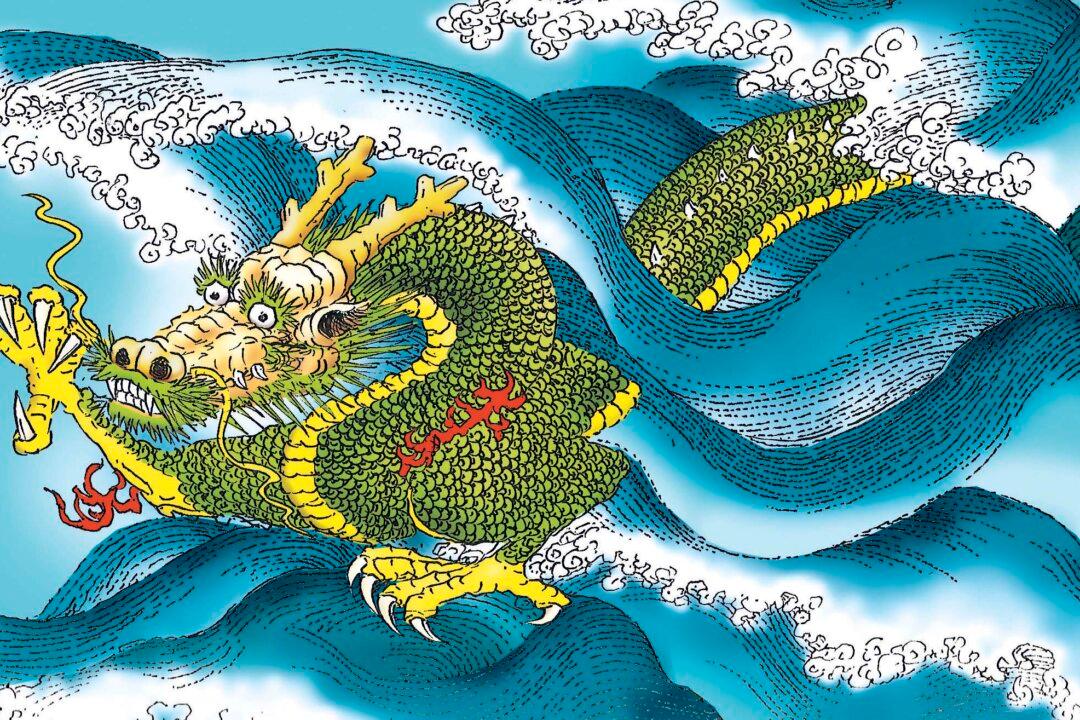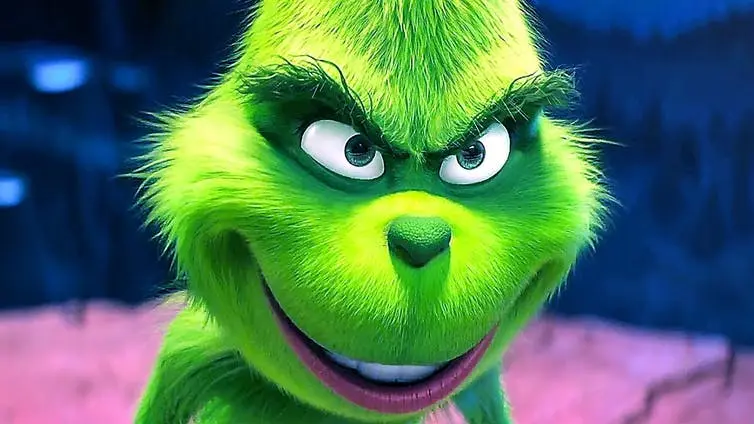In the vast, windswept plains of Inner Mongolia, where the wind howls like an overenthusiastic choir in desperate need of a conductor, and the sun blazes down with the tact of an irate traffic warden, a group of Chinese archaeologists made a discovery that would have even the most cynical scholar scrambling for their monocle.
On Sept. 22 (which just happened to be Bilbo and Frodo Baggins’ birthdays), they found it nestled in the parched earth, lay the largest jade dragon ever unearthed from the Hongshan culture, a find that promised to be the archaeological equivalent of discovering Tutankhamun’s tomb—if Tutankhamun had been six inches tall and carved from a shiny green rock.





